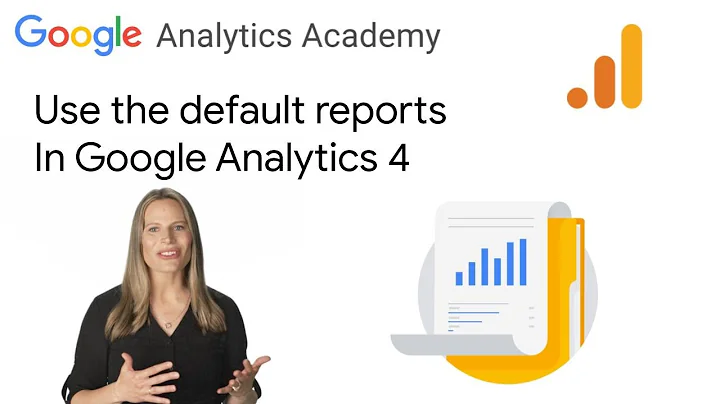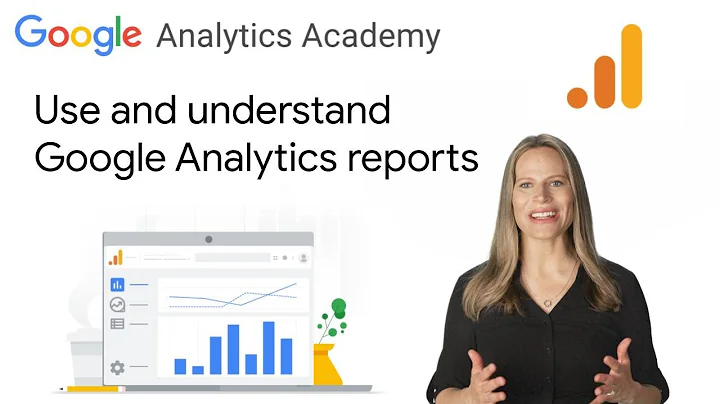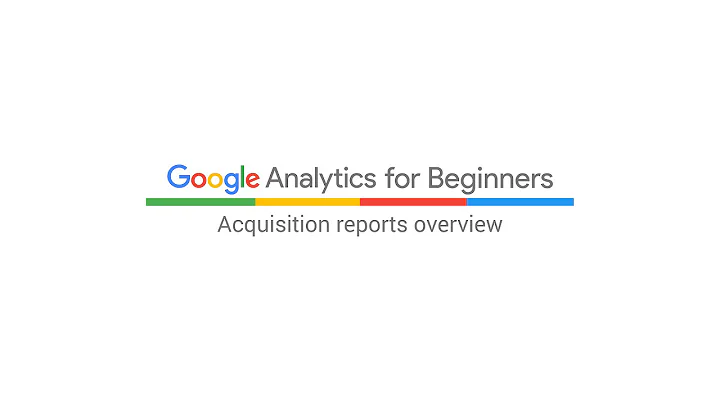Editor's introduction: Expressing action thoughts clearly and coherently is by no means an easy task and requires hard thinking. This article analyzes how to complete a "clearly organized report" from the perspective of a product manager. I hope it will be helpful to you.

Scenario - Little A’s bumpy project report:
Many years later, facing PowerPoint software, product manager Little A will recall the sleepy afternoon when she first gave a report to the group.
At that time, Xiao A had been in charge of this project for some time. By the middle of the year, the team decided to make an independent upward report to show the link between the past and the future.
Little A thought: The more detailed the description, the more it shows that our team has thought clearly, and the more it means that we are qualified for the job. Little A laid out his mental journey for nearly half a year and wrote down every bit of it. Close to thirty pages. How are they composed?
- html Pages 81~3: Project background html Pages 84~7: Analyze the problems at the time and explain the mental journey html Pages 88~12: Based on the above ideas, what did the team do? Pages 9
- 13~22: Show what has been done in detail and show the corresponding results Results html Pages 823~24: These results are added up to get the total results, summarizing the results of the first half of the year, whether the goals have been achieved html Pages 825~27: Leading to what you want to do in the second half of the year html Page 828: The goals for the second half of the year
However, it has been a hard week. Master A encountered a problem during a trial lecture with his colleagues: the audience was almost out of focus. During these forty minutes, some colleagues fell asleep frequently, some looked at their watches from time to time, some relaxed and leaned on the backs of their chairs, and some simply dealt with their own work, typing on their keyboards.
Little A doesn’t understand.
Little B, an experienced product manager, said: "Little A, your report is too long and unfocused. It is difficult for project colleagues to have the patience to listen to it, let alone a leader who has many things to do on a daily basis?"
Little A watched for a week. His work was rejected, he was not very happy, and muttered: "Don't criticize unless you do better."
Little B laughed, and immediately asked three sharp questions, which were very hard to the point.
Little A was suddenly enlightened and shouted: "I still think too little!"
After modifying according to the suggestions given by Little B, Little A made a small-scale public report. The leader expressed satisfaction after hearing this, and colleagues in other groups all expressed that they had gained a lot. After the meeting, they still surrounded Little A, begging Little A to share her speech manuscript. They said that Xiao A’s report was impressive.
So, here comes the question, what questions did Little B ask? And, what did Little A look like in the end?
1. Question 1: Do you treat the report as a product?
Little B asked: "For product people, everything can be a product. Do you treat the report as a product?"
Little A said: "This... is the first time I have heard of it!"
Little B Ask again: “When making a report based on a “product” approach, the first step is to analyze who the core audience is and what their core demands (the most focused points) are. "
Little A: "Isn't the core audience of the report the boss! But his core appeal... is hard to guess! "
Little B: "Remember the eight-character motto of high-level concerns: "problems, opportunities, costs, and benefits." "
As a PM, you are not only a PM when you are doing functions and strategies. "Product" is a kind of consciousness, and it is also a kind of professional quality. Something as small as an email, a requirements document, or a report can be used as a product.
Even in the PM's career, their frequency and importance are no less than that of doing functions.
So, when we make a report based on the "product" idea, the first step is very clear:
- Who is your core audience? ——What are the core demands (their most concerned points) of senior management
- ? ——Problems, opportunities, costs, benefits
Their core demands determine the focus of our report:
- Problems and opportunities: Try to use scene-based descriptions and pictures to render, so that the audience can enter our scene at once. For example: “Currently, customers are complaining about overtime processing of services, accounting for 50% of the total complaint types.Here are some excerpts from customers who expressed how disappointed we were. "Get closer to each other emotionally and awaken his emotional memory of certain dilemmas.
- Costs and benefits: If it is a plan communication report, the costs and benefits of each plan should be emphasized; if it is a project report, the cost has already been paid, Focus on showing the benefits that have been achieved and the benefits (goals) that you want to achieve in the future. In this way, the senior management can give suggestions from his perspective.
- Keep the operational level as abstract as possible, but avoid piling up operational details on the main body. If you ask a question and it is not convenient for you to describe it verbally, then include it in the appendix. It does not affect the main expression, but also reflects your sufficient preparation.
In addition to the situation of Little A, there is also a high-frequency report. competitive product analysis report.
competitive product analysis report audience is mainly product managers, their core need is "to gain something from it and use it for my product work." The key is to "learn".
Everyone has seen a lot of stacked competitive product analysis, which often only emphasizes the "form" of competing products without delving into the "spirit" of competing products. If you are Little B who has stepped on countless pitfalls, he will often tell you: In addition to seeing the superficial things, you must also see the invisible parts. Why
- competing products do this: Determine core users and what core values are satisfied from the visual design (designed this way instead of that) and functional scope (what to do/not do); judge it as a commercial company from the profit model How to achieve the basic business logic of
- competitive product: analyze the company strategy and the results of the strategy from the content strategy, function iteration records, marketing activities, various data change nodes, financing nodes, and external policy changes
- competitive product Next step What to do: Read user discussions on various social platforms and app markets, understand real users and actual gameplay, supplemented by the above analysis, predict its future direction
Competitive product analysis must not only collect and analyze information, but more importantly is to draw valuable conclusions. ——"Effective Competitive Product Analysis" Zhang Zaiwang
Do not pile up subjective experience and details, which will make the audience lose focus.
2. The second question: When making PPT, should you erect the frame first or stack the materials first?
Little B asked: "When you make a PPT, should you build the skeleton first or stack the materials first?"
Little A said: "I will first put all the things I have done on the PPT, stuff as much as I can, and then organize and refine it. A piece of demonstration logic..."
Little B: "This method of stacking materials first and then sorting them out will produce a lot of waste, which is very frustrating."
Little A: "Yeah, if you say no, I have to reorganize it. It’s so frustrating.”
Little B: “Because your thinking at the beginning is not coherent enough, what you write is naturally inconsistent. I have a way to say goodbye to rewriting.
’s method is to "decouple the skeleton and flesh and blood ." ". Try to use mind map to establish the skeleton first, and check the interior several times. Once your skeleton is fine, you will feel confident. Then find the corresponding things to fill your flesh and blood. Wouldn't it be more efficient? "
In fact, most people have encountered the problem of little A.
A large consulting company once estimated that up to 60% of data collection and analysis work is useless. Consultants have piled up countless "interesting" Facts and tables, but few actually relate to the client's problem. In many cases, consultants are left looking for more information until the last minute because the information is incomplete and there is little or no data to support the main recommendations. Data, this process is really a waste of time and money.
- " Pyramid Principle " Barbara Minto
How did they solve it later?
To put it simply, they forced themselves to structure the data before collecting it. Analysis. Specifically: put forward a hypothesis first, and then collect data to prove whether the hypothesis is true, which makes them more efficient and reduces a lot of waste.
3. Question 3: How do you make the audience follow you?
Little B asked: "How do you make the audience follow you?"
Little A said: "What I think, I will say. Let them have a feeling of ' Mountains and rivers are full of doubts, there is no way out" , there is a bright future and a bright future. "The feeling of a village."
Little B chuckled and said, "You described it quite well. Little A, do you still remember the first question I asked?"
Little A: "Treat the report as a product?"
Little B: "To make products, you need to understand human nature. For the product "Report", do you understand the basic characteristics of the audience? I'll tell you two stories and see which one sounds more comfortable to you. "
The first story: deduction method
Little B: "I have a friend. She met a group of people from the same city on a certain social platform. When she went to a bar to party offline, she found that everyone was there. Someone took the initiative to add her on WeChat and was very proactive in subsequent contacts..."
Little A's brain desperately made contact based on the keywords "a certain social platform" and "everyone has it": Little B might want to talk about this social platform Ben Xian may not be reliable, or he wants to tell a story about a girl falling in love with a scumbag. Or maybe he wants to express that this girl is not moved by scumbags.
Little B: "Add these men to her. Some are PhDs and have a wide range of hobbies; some are unemployed gangsters who hang around and drink every day. It's really a mixed bag."
Little A thought again, then he might want to express this girl Talking about a love story with the doctor.
Little B: "But she doesn't like it."
Little A thought, so I still think that online cashing is unreliable?
Little B said: "Only a man who did not actively add her WeChat account attracted her attention. He was drinking juice at the bar! Because he quit drinking! Even if he goes to the bar, he will never drink. Isn't it very strange? Interesting? In the end, this man became her husband. "
Xiao A: "It's very exciting... but what you said earlier made me think that the Internet is not reliable!"
The second story: Induction method
Little B: "Don't tell me that you can't find a good partner online, my friend found one!"
Little A's eyes shone: "I've been solo for more than 20 years, please tell me!"
Little B: "I have a friend. She met a group of people from the same city on a social platform. When she went to parties offline... wasn't it interesting? In the end, this man became her husband."
Little A I exclaimed that it was awesome, kept thinking about this story, and developed wonderful imagination.
End of story.
Little B said: "So which method do you think is easier for you to accept?"
Little A thought carefully and said, "It seems that if you directly tell me the conclusion you want to express first, I will be more able to follow your train of thought. Go! ”
People tend to express their thoughts in the order of thinking development, and the order of thinking development is usually the order of deduction. Xiao A is one of them. She hopes that the audience will follow her rhythm and unfold her thinking picture step by step from bottom to top.
However, ideas developed in a deductive order do not necessarily need to be expressed in a deductive order. In most cases, you can express inductively an idea developed deductively. The easiest order for listeners and readers to understand is to understand the main, abstract idea first, then the secondary, supporting ideas. The more interesting technique of
is suspense. Human beings seem to have an instinct to figure out what is going on:
causes the audience to have some questions about the expresser's point of view, and then answers these questions. Through continuous question-and-answer dialogue, the audience can understand all the ideas in the article.
- "Pyramid Principle" [American] Barbara Minto
might as well apply this formula directly:
- explains the background, points out the dilemma, and raises questions (how to solve this dilemma?)
- gives the answer and explains the above questions, But without giving the reason, it continued to raise questions.
- gave the reason and explained the above question.
Based on this idea, Xiao A adjusted the overall PPT framework and shortened it to 20 minutes.
- 1 page: Project background and dilemma (raising questions: How to solve the dilemma?)
- 2~3 pages: What improvements have we made and project results display (answering the previous question, and then raising another question: Why do we do these directions?)
- 4 ~8 pages: Expand the reasons, benefits and specific paths in sequence (answer the previous question, and use a question-answer method to do a small expansion on each page)
- 9 ~10 pages: The problems encountered in the review are still left Which dilemmas (causing questions: how to solve these dilemmas?)
- 11~13 pages: How to solve it in the future and summary methodology (answer the previous question and summarize it elegantly)
- 14 page: Goals (quantitative) and ideal state (qualitative) for the second half of the year (Raising the question: How can we achieve this goal?) Page
- 15~17: What should we do around this goal? Page
- 18: A small outlook as an elegant ending
One more thing: Don’t use unthinking titles
Little B: " The titles of your charts are all "Daily Active Users" and "Average Stay Time", which misses a good opportunity to express logical thinking.
Little A was troubled: "Then what should I use?" "
Little B: "It is better to use "more thoughtful" words to replace these "lack of thoughtful" words. Use "the number of daily active users increased by XX% month-on-month" to replace the "number of daily active users", and use "the average stay time per person increased by xx seconds year-on-year" to replace the "average stay time per person". "
Little A: "Wow, this is indeed more clear at a glance. "
Little B: "So, can you also refer to this idea for your PPT subtitle? "
Xiao A: "I can replace "We have organizational problems" with "Main problem - insufficient authorization", and replace "Background" with "Background - business overtime accounts for 50% of the overall complaint types". "
Little B:" Wari Good. ”
So Xiao B’s three suggestions are:
- Determine the core audience and core demands, adjust the focus of the report
- First frame, then details
- Suspense report: explain the background, point out the dilemma, raise questions, give answers, raise questions, explain Answer
I wonder if this article looks like a suspenseful report?
I hope you like it.
Barbara Minto said: "Expressing action thoughts clearly is not an easy task and requires hard thinking. ”
Maybe after our hard work, there are still flaws. But every time we think hard, we leave a bright trace.
Thinking itself is cool, isn’t it?
This article was originally published by @白鹿典书不狠花 on Renren They are all product managers. Reprinting is prohibited without the permission of the author.
title picture comes from Unsplash, based on CC0 agreement
.



![Burna Boy - For My Hand feat. Ed Sheeran [Official Music Video] - DayDayNews](https://i.ytimg.com/vi/EDZ25anwgjc/hq720.jpg?sqp=-oaymwEcCNAFEJQDSFXyq4qpAw4IARUAAIhCGAFwAcABBg==&rs=AOn4CLApriMtsP0r7A5oenGH_F5O7QeCBQ)
















